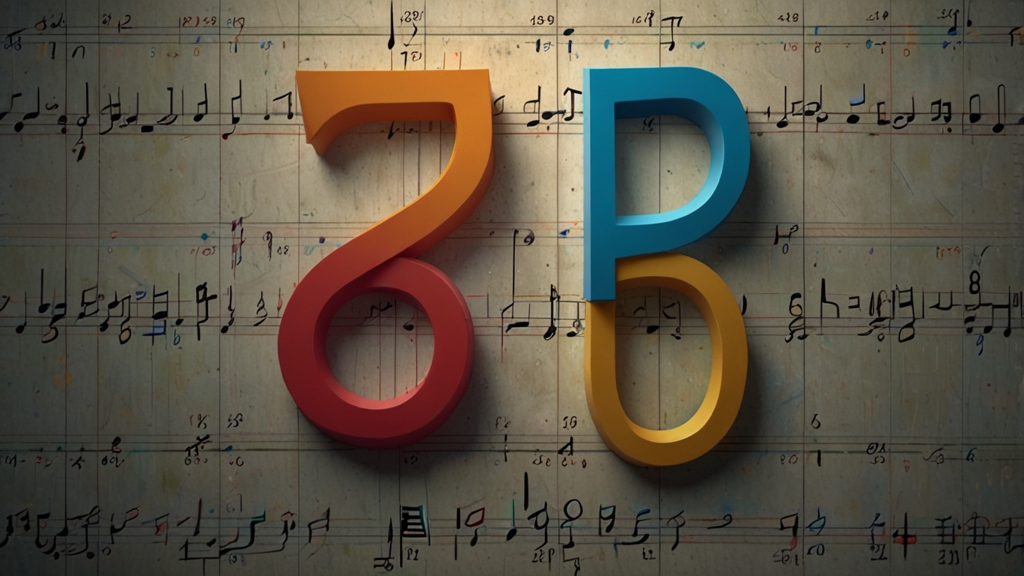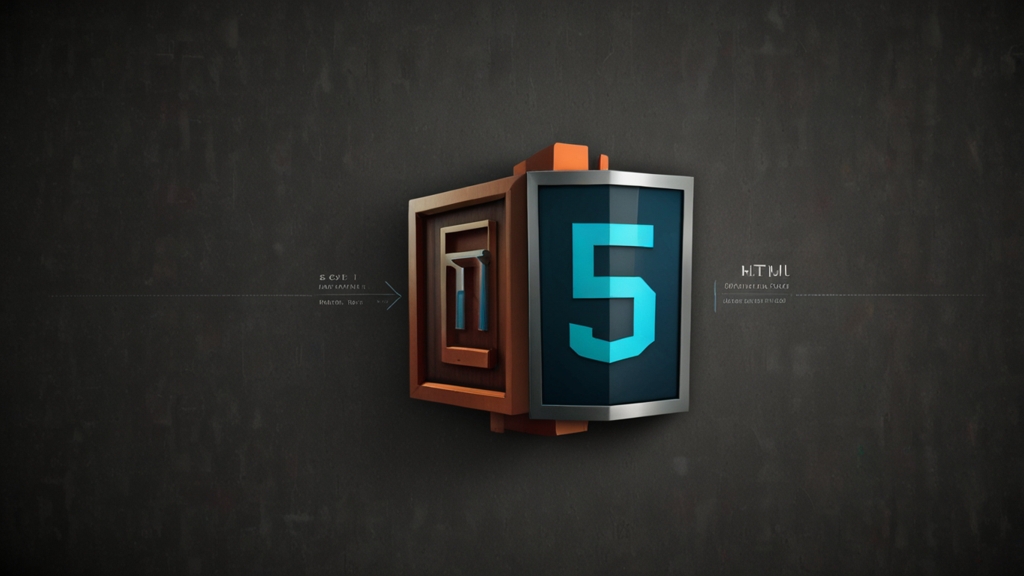The Intersection of Math and Music: Harmonies of Numbers
Music and mathematics might seem like two disparate realms at first glance, but a deeper dive reveals an intricate dance between numbers and melodies that have fascinated thinkers for centuries. Whether it’s the rhythmic beat in your favorite song or the geometric patterns in musical composition, the intersection of math and music is a rich field of study.
Fundamental Frequencies and Ratios
At the heart of this relationship is the concept of frequency. A musical note is produced by a vibrating object, such as a guitar string or a column of air in a flute. The frequency of this vibration, measured in hertz (Hz), determines the pitch of the note. Higher frequencies produce higher pitches, and lower frequencies produce lower pitches.
One of the most interesting aspects is the way different frequencies interact to create harmonious or dissonant sounds. For instance, two notes played together are perceived as harmonious if their frequencies have simple, whole-number ratios. The most basic example is the octave, where one note's frequency is exactly double the other’s.
“Mathematics is the music of reason.” - James Joseph Sylvester
Pythagorean Influence
The ancient Greek philosopher Pythagoras was one of the first to formally explore the link between math and music. He discovered that when a string is plucked, the pitch produced can be related to the length of the string. For instance, halving the length of a string produces an octave higher note, establishing an early understanding of the relationship between length ratios and musical intervals.
Pythagoras's followers further developed this idea into a musical scale based on mathematical ratios, laying the groundwork for Western musical theory. The Pythagorean scale uses simple ratios like 2:1, 3:2, and 4:3 to create intervals that are pleasing to the ear.
Modern Mathematical Music Theory
In contemporary music theory, the relationship between math and music goes beyond simple ratios. The study of scales, chords, and harmonic progressions often employs algebraic structures. For example, group theory, a branch of abstract algebra, describes the set of operations that can be performed on a musical scale while preserving its structure.
“Music is the arithmetic of sounds as optics is the geometry of light.” - Claude Debussy
Another area where modern math intersects with music is in algorithmic composition. Here, complex mathematical formulas and computer algorithms generate new music, occasionally producing pieces that rival human composers' work. This method is frequently used in electronic music and sound art to create intricate, evolving soundscapes.
Fractals and Musical Patterns
Fractal geometry, characterized by infinitely complex patterns that are self-similar across different scales, also finds applications in music. A fractal pattern can describe elements like rhythm, melody, and harmony, contributing to the creation of music that feels both complex and natural. This self-similarity can be heard in some modern compositions where motifs repeat at various scales throughout the piece.
For example, a fractal approach might generate rhythm patterns where a smaller time signature is a scaled-down version of a larger one, creating a nested rhythmic structure that is both intricate and cohesive.
The Emotional Resonance of Numbers
While the mathematical basis of music provides a framework for creating harmoniously pleasing sounds, the emotional impact of music transcends numerical analysis. Composers and performers often intuitively apply mathematical principles, blending structured patterns with expressive creativity to evoke deep emotional responses in listeners.
This blend of precision and emotion underscores the unique, universal power of music, a testament to the harmonious relationship between numbers and art.
“The universe cannot be read until we have learned the language and become familiar with the characters in which it is written. It is written in mathematical language, and the letters are triangles, circles and other geometrical figures, without which means it is humanly impossible to comprehend a single word.” - Galileo Galilei
In conclusion, the intersection of math and music is a testament to the idea that art and science are not mutually exclusive but are instead profoundly interconnected. From ancient Greek theories to modern algorithmic compositions, the harmonies of numbers continue to enrich our musical experiences, reminding us that beauty often arises from the perfect blend of logic and emotion.










